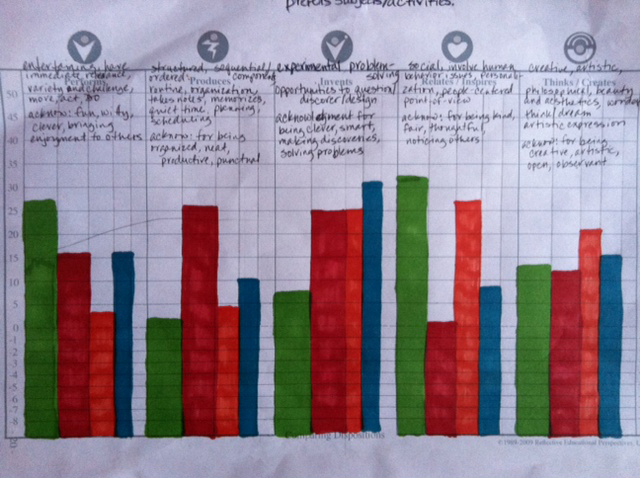We decided to homeschool. We had also decided to file a Private School Affidavit (PSA), which lets the state know that we are functioning as our own private school with no attachment to a district. Giddy and slightly bewildered the question became, “Now what?”.
The advice I read and heard most often was, “Don’t buy any curriculum sets, you’ll just be throwing away your money at this point and you’ll likely never use them.” Easy. They cost a fortune and I was still gathering information on how we might approach the next school year.
The second most common advice was “If your child has been in school, give her time to deschool.” The rule of thumb most often provided was a month of letting your child do her own thing for each year she was in school. If you’re not familiar with the term (and I’m familiar with it and it’s still a bit illusive), deschooling is about taking time to let go of the school-based structure of how learning happens. By letting go of these preconceived notions we begin to see learning from a perspective that doesn’t necessarily include an assortment of textbooks, worksheets, project centers, tests, allotted time slots, and other deeply-rooted beliefs in the tools of education. This just glosses over the shiny freedom of deschooling. Believe me, it’s much more extensive than that. There are entire books written about it, like Tammy Takahashi’s Deschooling Gently, in case you’re interested enough to pick up a book about it. To say the least, I didn’t tell my girls about deschooling. I was totally freaked they’d love the idea and never learn another damn thing in their lives.
“Now what?” still loomed large. In August we went to HSC’s homeschool conference. Wow. If you are considering homeschooling, do this. The event is designed for the entire family: workshops for kids, teens, and adults, plus non-stop group activities. It was all fun and games and interesting until the end of the very last day when I found my golden nugget. The workshop was presented by Marilyn Mosley Gordanier of Laurel Springs School and was my first introduction to learning styles by breaking them up by learning personalities. Marilyn described each one (of which there are five and we are each varying degrees of these five personalities) and when she described my dominant one I had that knot-in-the-throat, you are speaking the truth moment. I actually got teary. The residual negative feelings of all those moments of my education where I felt “less than” or misunderstood drifted away as the reality that I am who I am and my teachers were who they were and it was just a miss of expectations and internal motivators that caused the chasm. I’m well-schooled in Howard Gardner’s Multiple Intelligences Theory (which, BTW, is incorporated into the assessment), but the information I learned in that itty-bitty 45-minute workshop gave me a whole new perspective on learning dispositions, approaches, and motivators.
The concepts of the learning personalities and the assessment were created by the women of Learning Success Institute, however, Marilyn offered that if the people in her workshop sent her an email, she would provide the tools to give your children the learning assessment for free. That email may have been the first thing I did after I walked out of the workshop. And I went ahead and purchased three more assessments for my husband, my wasband, and myself. Your learning personality makes a huge difference in how you approach teaching, we needed to be clear on where we all stood.
Here is a graph that shows the degree of each of the personalities for my daughters (green and red), my husband (blue) and myself (orange). The sections are in this order: Performer, Producer, Inventor, Relator/Inspirer, Thinker/Creator. You may or may not be able to deduct that my two daughter are almost exactly opposite in dominant personality.

I came home pretty enthusiastic, with access to a tool that could shed a lot of light on how to reach my number one goal for the school year: to create an environment where my children were once again in love with learning.
